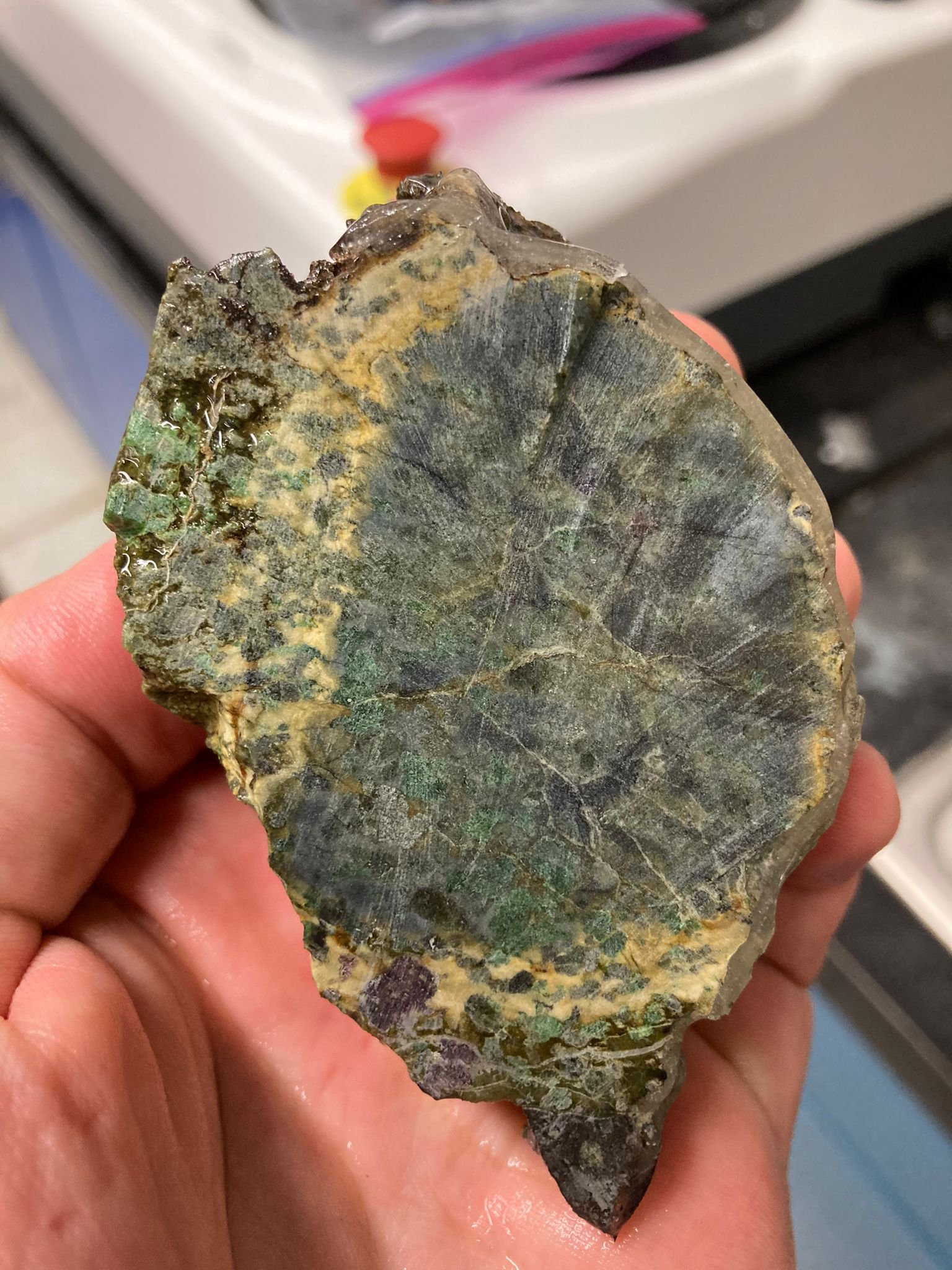Crustal Generation and Recycling Processes
Periodic loss of the lower lithosphere into the convecting mantle due to gravitational instability is postulated to be a major mechanism for lithosphere recycling in orogenic zones, but unequivocal petrologic evidence of this process is elusive. The Granatifera Tuff, located in the Mercaderes–Rio Mayo area of the southern Colombian Andes, contains a wide variety of crustal and mantle xenoliths. Thermobarometry and Lu–Hf isotope systematics of crustal garnet clinopyroxenite xenoliths offer the first evidence of recent, and likely active, crustal foundering in the Northern Volcanic Zone of the Andean arc. We find that most of these xenoliths equilibrated between 60–80km depths, ∼7–27km below the seismically determined Moho in this region, and that at least one crustal garnet clinopyroxenite re-equilibrated at depths exceeding 95km. All of the investigated garnet clinopyroxenites are negatively buoyant relative to the upper mantle asthenosphere. Lu–Hf ages from two garnet clinopyroxenites and one garnet–clinopyroxene hornblendite are <5Ma, and approximate the time at which these xenoliths were transported to shallow depths prior to eruption. A large-magnitude positive geoid anomaly and relatively low mean surface elevations indicate that the gravitationally unstable crustal root is still largely attached to the overriding crust in this part of the Northern Volcanic Zone. Thermobarometric calculations indicate that the lowermost crust in this region is a partial melt zone, and we argue that rheological weakening in the presence of melt has led to the foundering of relatively small parcels of gravitationally unstable crustal material, which the Mercaderes xenoliths document, without catastrophic removal of the crustal root.
In collaboration with Mauricio Ibañez-Mejia at the University of Arizona, are currently measuring both mineral and whole-rock zirconium isotopic compositions in order to evaluate whether arc magmatism and intra-crustal differentiation can drive Zr stable isotope fractionation. The results from these projects have led me to begin an experimental study on how kinetic effects contribute to isotopic fractionation in heavy stable isotope systems in both shallow (i.e., volcanic) and deep (i.e., lower crustal & upper mantle) differentiation processes.
From Bloch et al. (2017)



